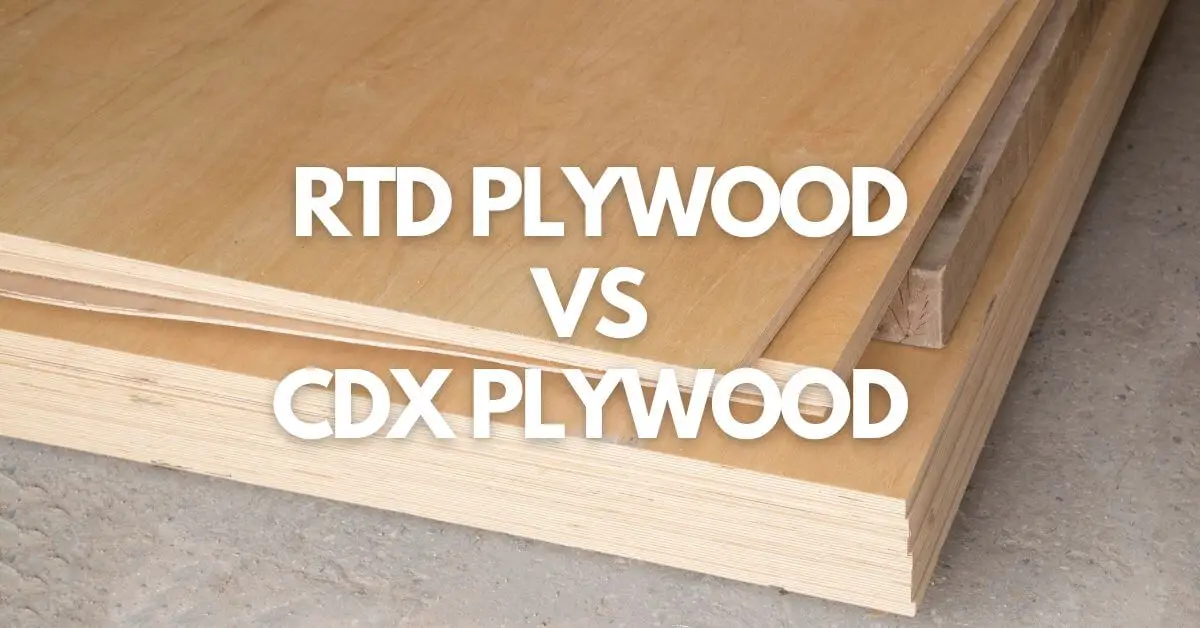RTD plywood is more water-resistant, durable and stable than CDX plywood and can withstand prolonged exposure to moisture and weather. The main difference between RTD and CDX plywood is their manufacturing process. RTD plywood is manufactured with a quality control system using a Temperature Detectors device to maintain the correct temperature during the bonding of each layer. On the other hand, CDX plywood is manufactured by gluing and pressing together each veneer.
Both RTD and CDX are manufactured using fine-quality veneers and water-resistant adhesives. They are passed through multiple test processes, making them very strong and water-resistant.
Both plywood are unfinished, so it is a good choice for those applications where appearance is not a primary concern, but strength and durability are important.
What is RTD Plywood?
RTD stands for “Resistance Temperature Detector”. It is an engineered wood product primarily used for wall and roof sheathing.
Many believe this RTD plywood is an upgraded version of CDX plywood. RTD plywood is a great option for roofs and other outdoor applications.
What is CDX Plywood?
CDX Plywood is mainly designed to build exterior walls and roofs. It is also used for woodworking projects. The term “CDX” stands for “C-D Exposure,” which indicates its intended use and level of exposure to the elements.
CDX plywood is made from multiple layers of thin wood veneers glued together with grain directions perpendicular to each other. This cross-grain construction gives CDX plywood strength, stability, and resistance to warping.
The front layers, or front faces, of CDX plywood are typically made from C-grade veneer, which has a surface and the back side of the plywood is made from D-grade veneer, which might have knots, voids, and other imperfections. Here, X stands for External Glue, which binds all the veneers together.
Uses
RTD plywood is specially designed for roof sheathing because it can withstand constant moisture and weather changes. RTD plywood is not yet as popular as CDX plywood. Therefore, CDX plywood is also used for roof sheathing.
Generally, CDX plywood is used for subfloor, roof decking, exterior siding, concrete formwork, crates or boxes and temporary structures such as stages and platforms.
Pros of Using CDX Plywood
Here are some advantages of using CDX plywood:
- Affordability
- Strength and Durability
- Versatile uses
- It has ecological importance
- lighter than solid wood
Cons of Using CDX Plywood
CDX plywood also has disadvantages that should be considered when deciding to use it for a particular project.
- Unfinished Appearance
- Heavy Weight
- Prone to attack by insects
- Not good for excessive humidity.
Pros of Using RTD Plywood
- Highly durable and stable
- Moisture and weather resistant
- Less Susceptible to Rot and Decay
- Ease of Workability
Cons of Using RTD Plywood
- Expensive
- Unfinished Appearance
- Heavy Weight

